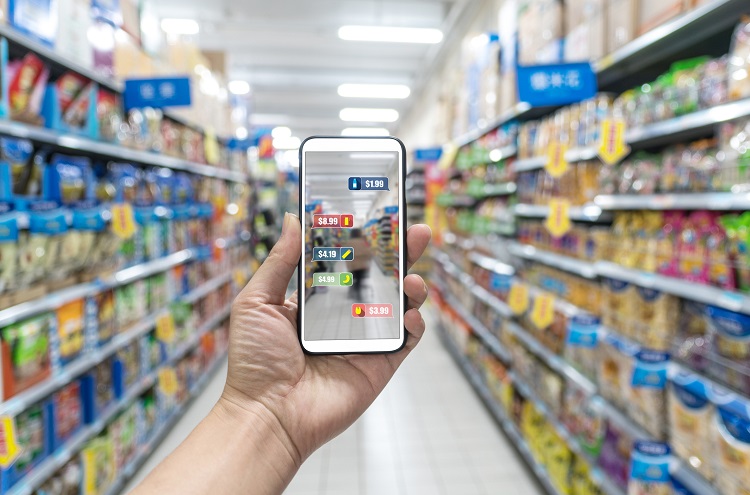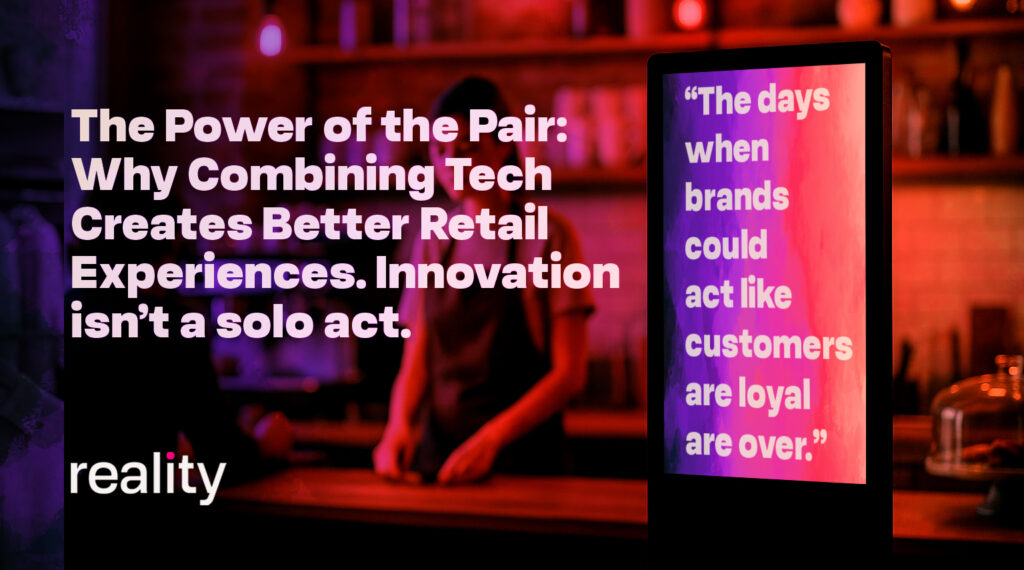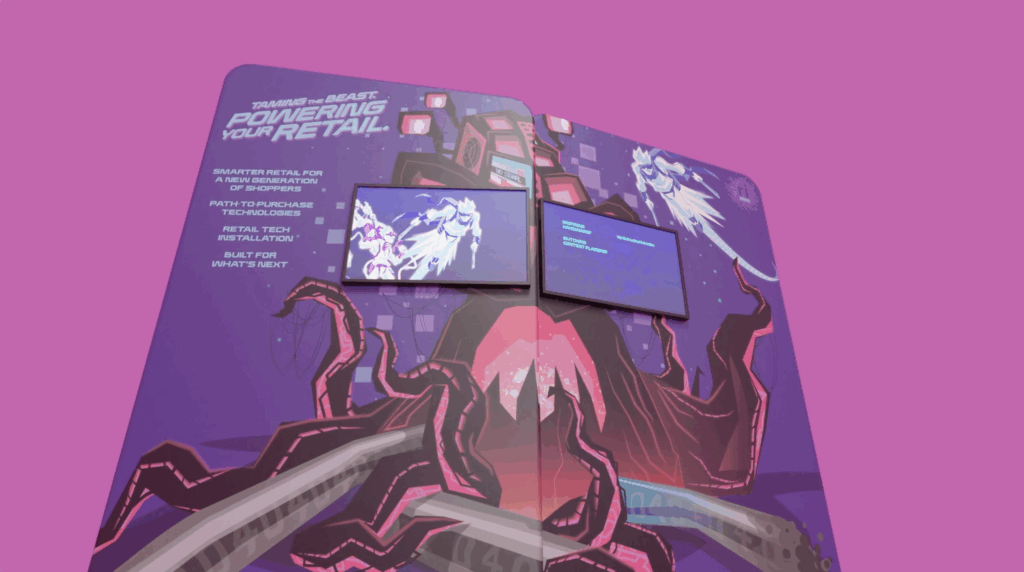The retail landscape is undergoing a profound transformation, driven by the digital age and changing consumer preferences. For retailers looking to stay ahead of the curve and embrace digital transformation, the store of the future represents an exciting frontier. This innovative retail concept combines a small retail footprint, a vast warehouse, and rapid fulfillment capabilities to create a shopping experience that is efficient, personalized, and future-proof.
Small Retail Footprint: Maximizing Efficiency and Experience
One of the key pillars of the store of the future is a small retail footprint. Traditional brick-and-mortar stores have often been characterized by their sprawling layouts, but the store of the future takes a different approach. It emphasizes a compact physical presence, leveraging technology and data to make the most of limited space.
Smarter Inventory Management: With the help of advanced inventory management systems and real-time data analytics, retailers can optimize their inventory levels. This ensures that only the most in-demand products are displayed in the store, reducing clutter and streamlining the shopping experience.
Interactive Displays: Instead of aisles filled with products, the store of the future features interactive displays and digital kiosks. Shoppers can explore a wider range of products virtually, request personalized recommendations, and even try out virtual fitting rooms for clothing and accessories.
Click-and-Collect Stations: The store’s small footprint is complemented by convenient click-and-collect stations where customers can pick up their online orders or get assistance from knowledgeable staff members. This eliminates the need for long checkout lines and further enhances the overall shopping experience.
Vast Warehouse: The Powerhouse Behind the Scenes
To support the small retail footprint, the store of the future relies on a vast, efficient warehouse located nearby. This warehouse serves as the backbone of the operation, ensuring that products are readily available for both in-store and online shoppers.
Automated Fulfillment: Robotics and automation technologies are employed to manage and fulfill online orders quickly and accurately. This reduces the need for extensive human labor and speeds up the order processing cycle.
Inventory Visibility: Customers can access real-time inventory information for both the store and the warehouse, enabling them to make informed purchasing decisions and reducing the likelihood of out-of-stock items.
Sustainability: The central warehouse promotes sustainability by consolidating deliveries and reducing the carbon footprint associated with multiple small stores. It also facilitates more eco-friendly packaging practices.
Rapid Fulfillment: Meeting Modern Consumer Expectations
The store of the future is designed to meet the ever-increasing demand for rapid fulfillment, a critical component of modern retail. With the integration of cutting-edge technology, it can offer unprecedented speed and convenience.
Same-Day Delivery: Customers can enjoy the convenience of same-day or even within-the-hour delivery for online orders. This level of speed sets the store of the future apart from traditional retail models.
Personalized Recommendations: Advanced AI algorithms analyze customer data to provide highly personalized product recommendations, enhancing the shopping experience and increasing the likelihood of additional purchases.
Seamless Omni-Channel Integration: Whether customers prefer to shop in-store, online, or through a mobile app, the store of the future ensures a seamless transition between channels. This flexibility caters to diverse customer preferences and enhances brand loyalty.
The store of the future represents a revolutionary approach to retail, combining a small retail footprint, a vast warehouse, and rapid fulfillment capabilities to create a shopping experience that is both efficient and customer-centric. For retail brand owners interested in digital transformation, embracing this innovative model can be a game-changer, allowing them to stay competitive in an ever-evolving marketplace. By optimizing space, streamlining operations, and delivering exceptional service, the store of the future sets the stage for a new era of retail success.






